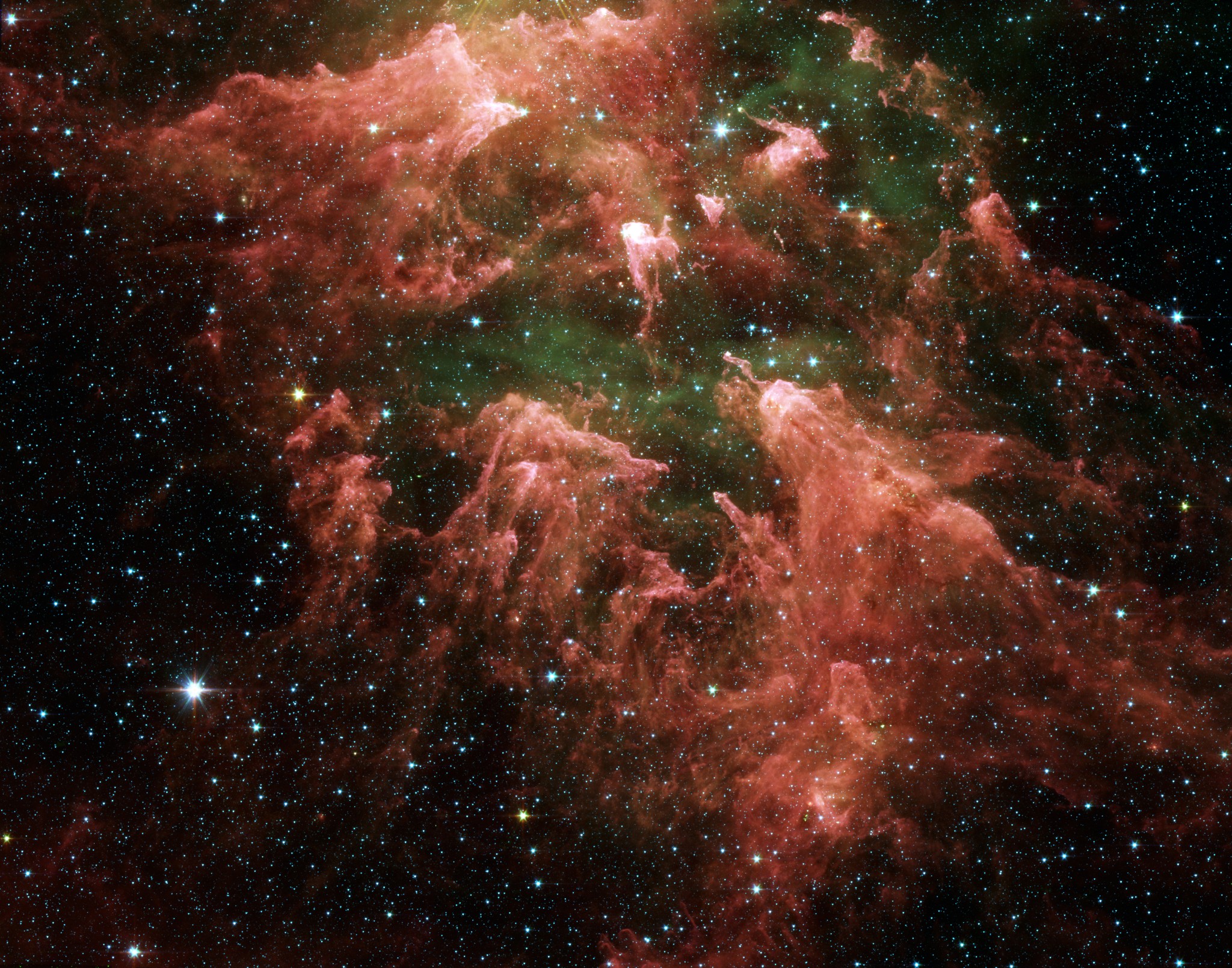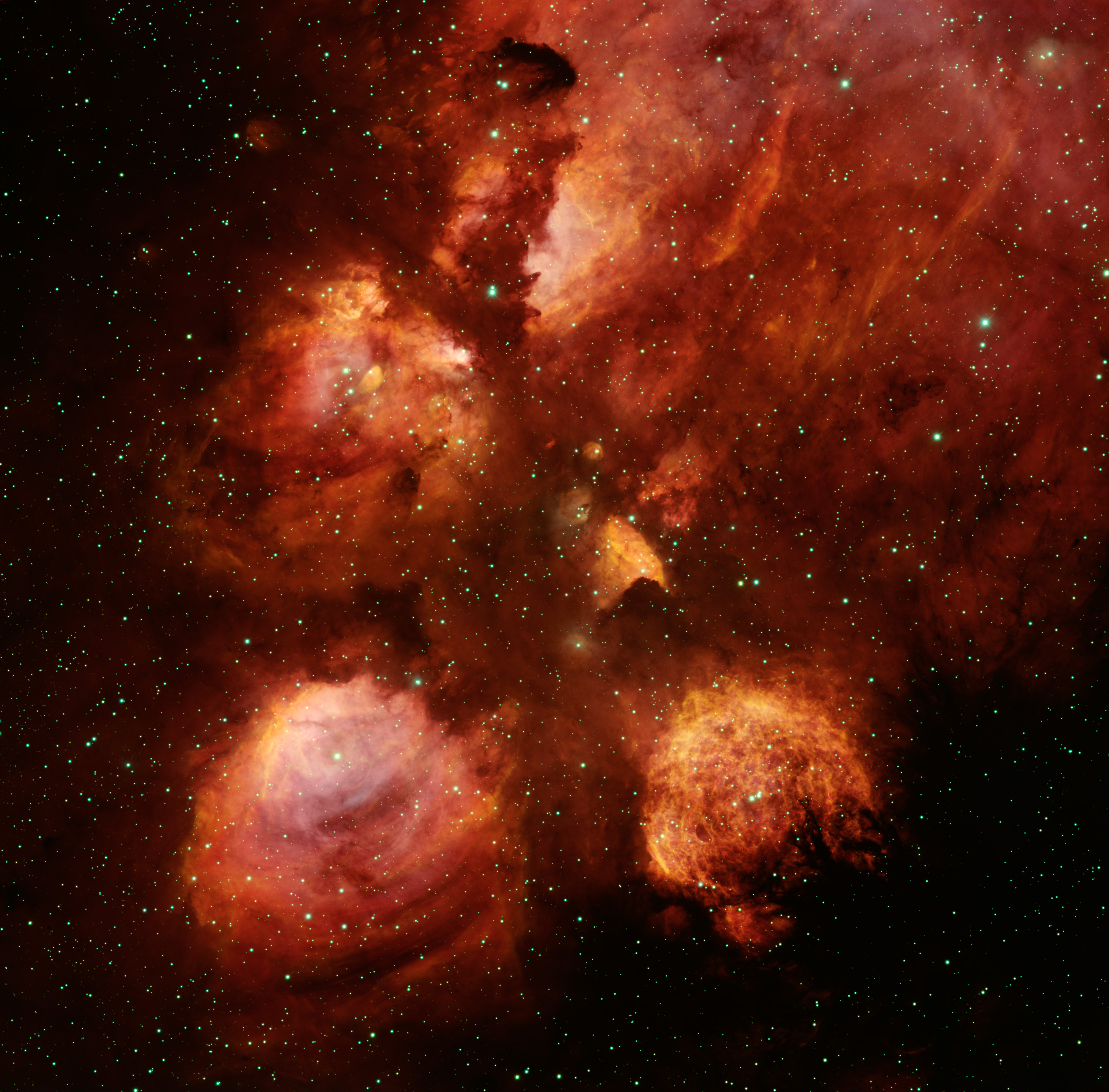
Cameron Johnson
Mr. Percival
Astronomy
7 Mar. 2008
Nicolas Camille Flammarion
The French astronomer, Nicolas Camille Flammarion, was born in Montign le Roi, Franace in 1842. Little is known about his childhood except for the fact he had quite a fascination of the Moon and Mars as a young child. Camille's brother Ernest would soon become the founder of the Groupe Flammarion, a major publishing house in France that would help publish an upwards of seventy astronomical related books by Cammile. Camille's astronomical career officially began when he was hired to serve at the Paris Observatory, one of the most widely known observatories of the time. He took advantage of this once in a lifetime opportunity, getting on the telescope every chance he got. His observations changed that era's way of thinking from the detail and findings he accumulating on stars and nearby planets. He later found work at the Bureau of Longitudes which was short lived. Camille decided in 1833 that he would set up his own private observatory right outside Paris named Juvisy. This is where his notes on double stars and clusters would contradict previous theories. His studies also focused on the Moon and Mars and how their gravitational fields interacted with nearby objects which were his boyhood fascinations.
Nicolas Flammarion published his first astronomical book, entitled La Pluralitees Mondes Habite. It delved into the study of planets which was a hot topic in the mid 1800s. Remarkably, in the span of twenty years, Nicolas had published an amazing thirty-three editions. These editions would later be admired by astronomers into the twentieth century. Camille strongly believed in the idea of extraterrestrials. His pieces exemplified this notion by going into detail of life on planets other than that of Earth. He was strongly criticised by the Catholic community as this concept contradicts all that they teach. During this period of writing books, he never lost interest in the thing he was most obsessed about, the solar system. Camille would be the astronomer that would self appoint himself to naming the moons of Jupiter and Neptune, actions that most of the astronomical community disagreed with until acceptance years later.
In 1982, Nicolas published another set of books which focused on the concept of terrestrial life on other planets. He focused on Mars and believed the craters were once river which supplemented the life of communities that were no longer existent. However, he did argue that the life on Mars would have been less superior to the life of Earth, his basis for this idea had yet to be understood. In 1893, Flammarion his works moved toward the scientific romance ideas. They focused on reincarnation within the universe with the interaction alien life forms. Toward the end of Flammarion's career, he focused on psychical research. A countess who was dieing of tuberculosis, asked her doctor to cut a piece of her skin off and give it to Nicolas to bind his next book. During his work in the Juvisy, he took interest in a woman that he had hired which would marry in 1919, Gabrielle Renaudot Flammarion. The two worked side by side in the observatory and traveled throughout France to promote astronomy. Nicolas died at the age of 63 in 1925, leaving his wife to manage their observatory which she accomplished. Nicolas made ground breaking discoveries in his career, revolutionizing the way astronomers in France and worldwide viewed the night time sky. After his death, a crater on the Moon and Mars were both named Flammarion to pay respects for his renowned achievements.



